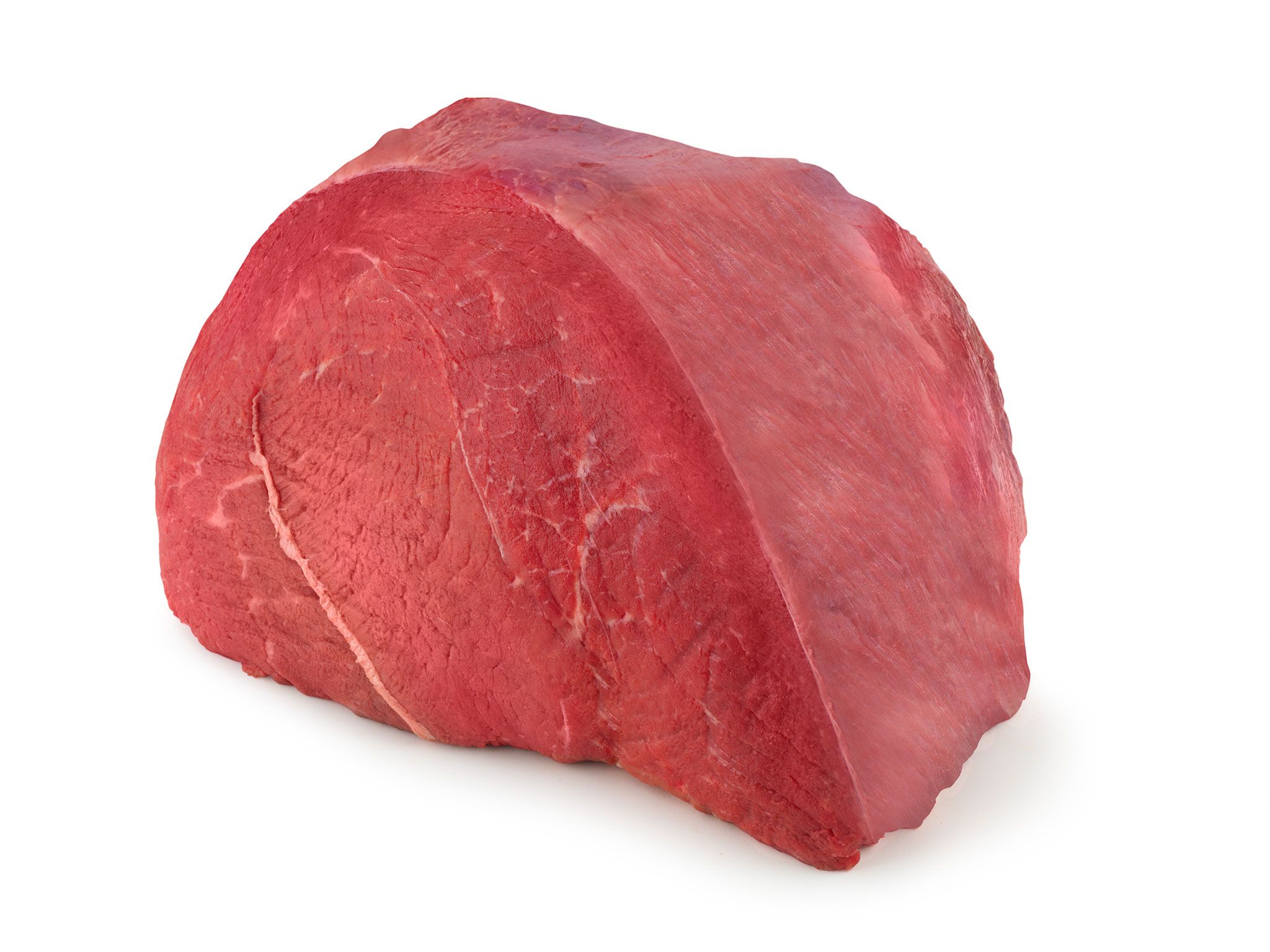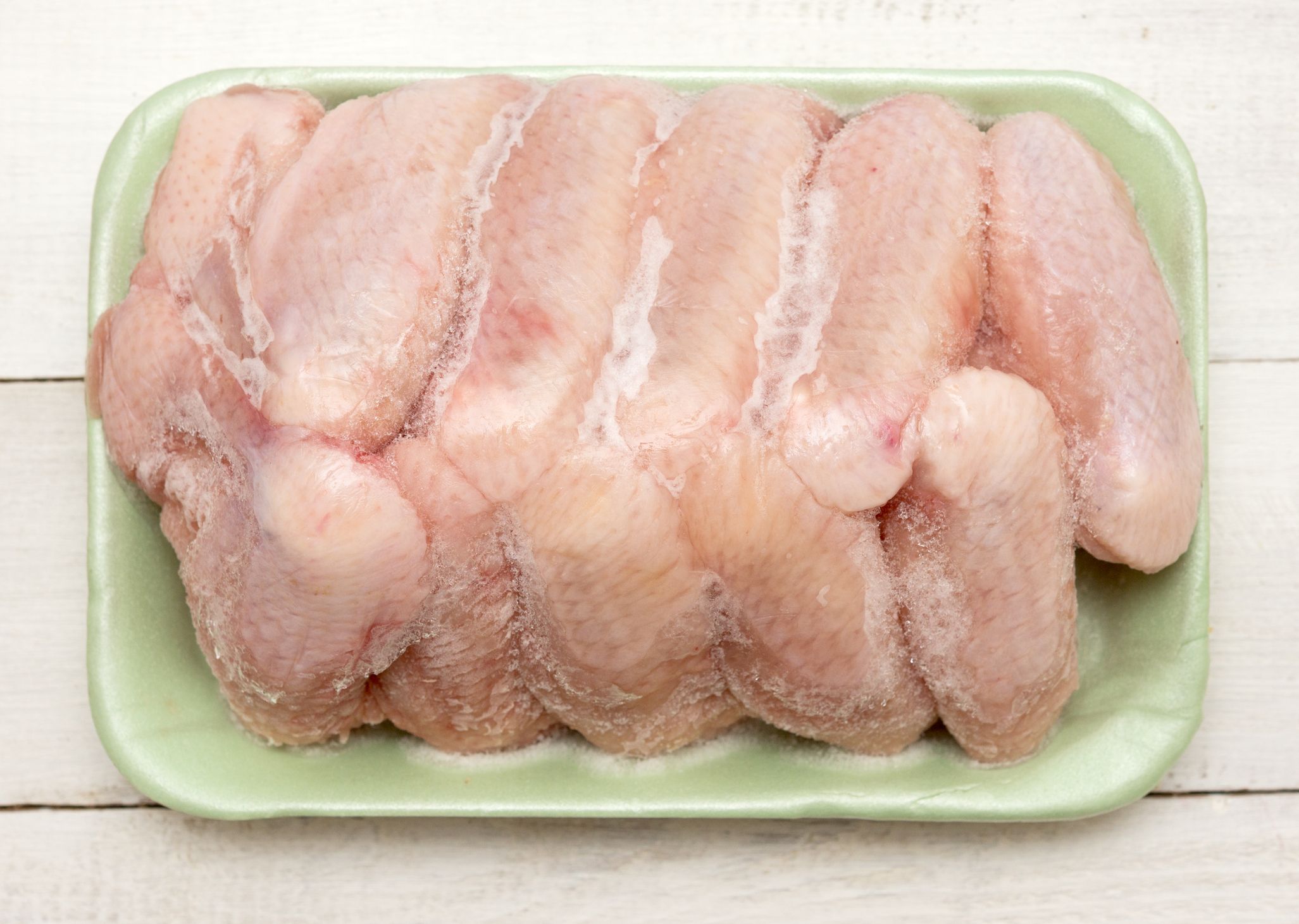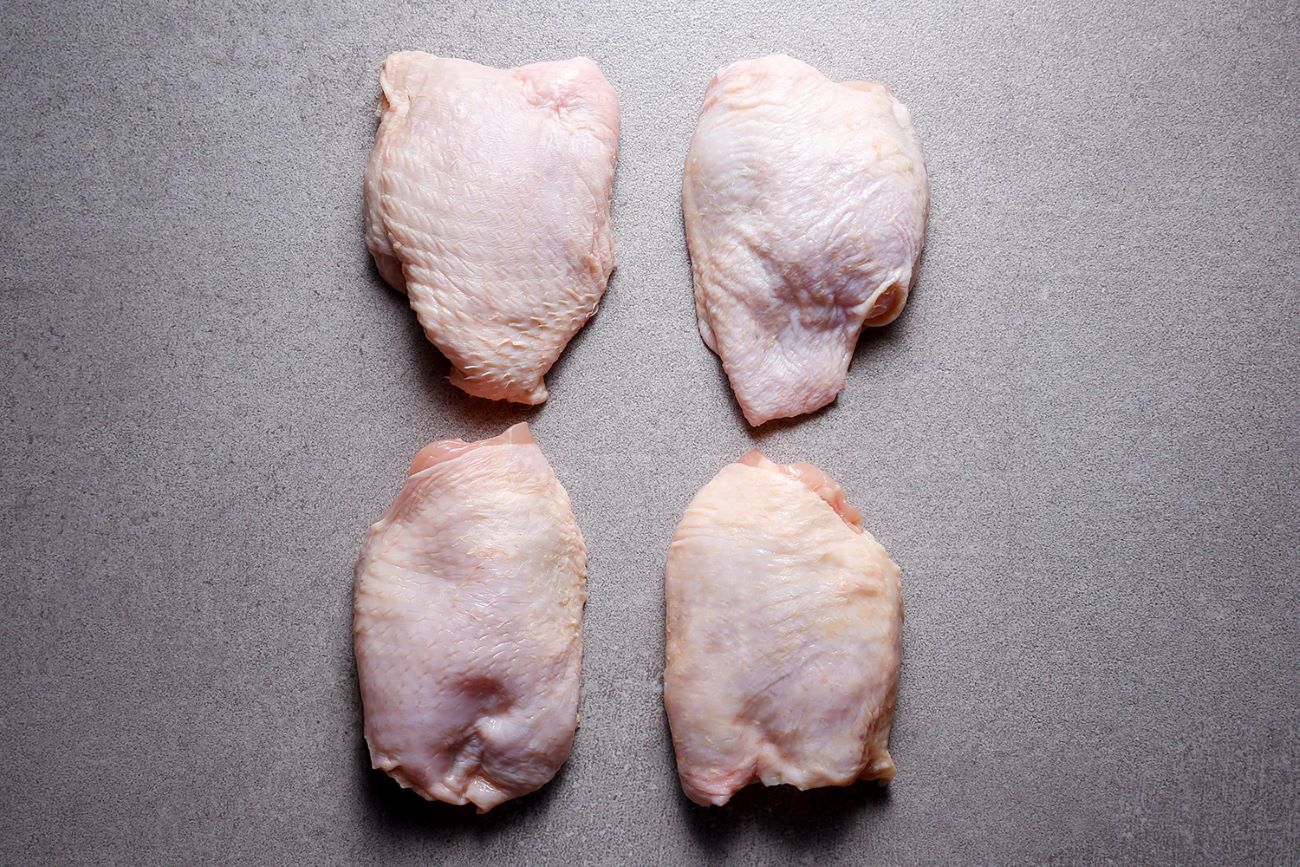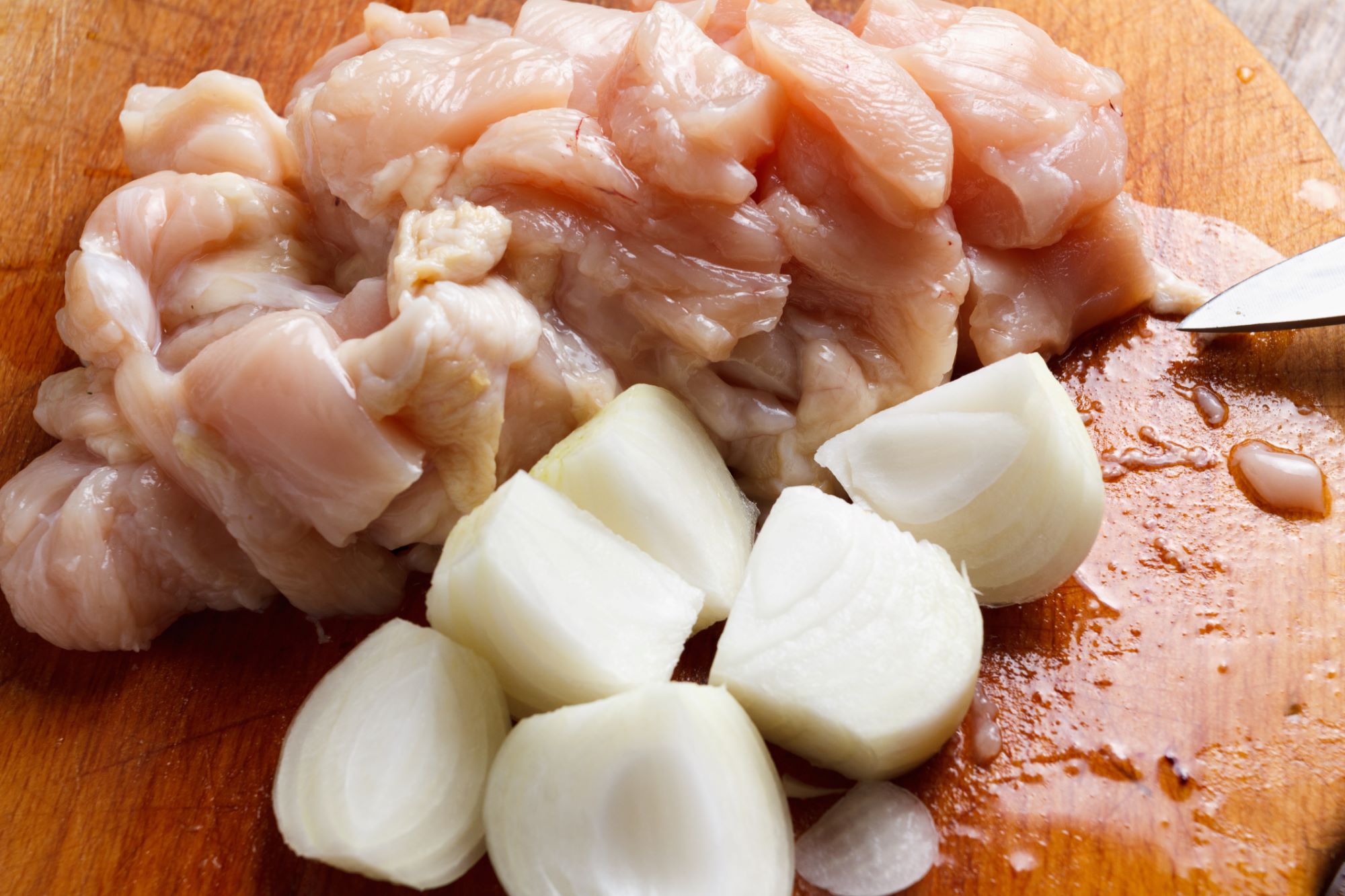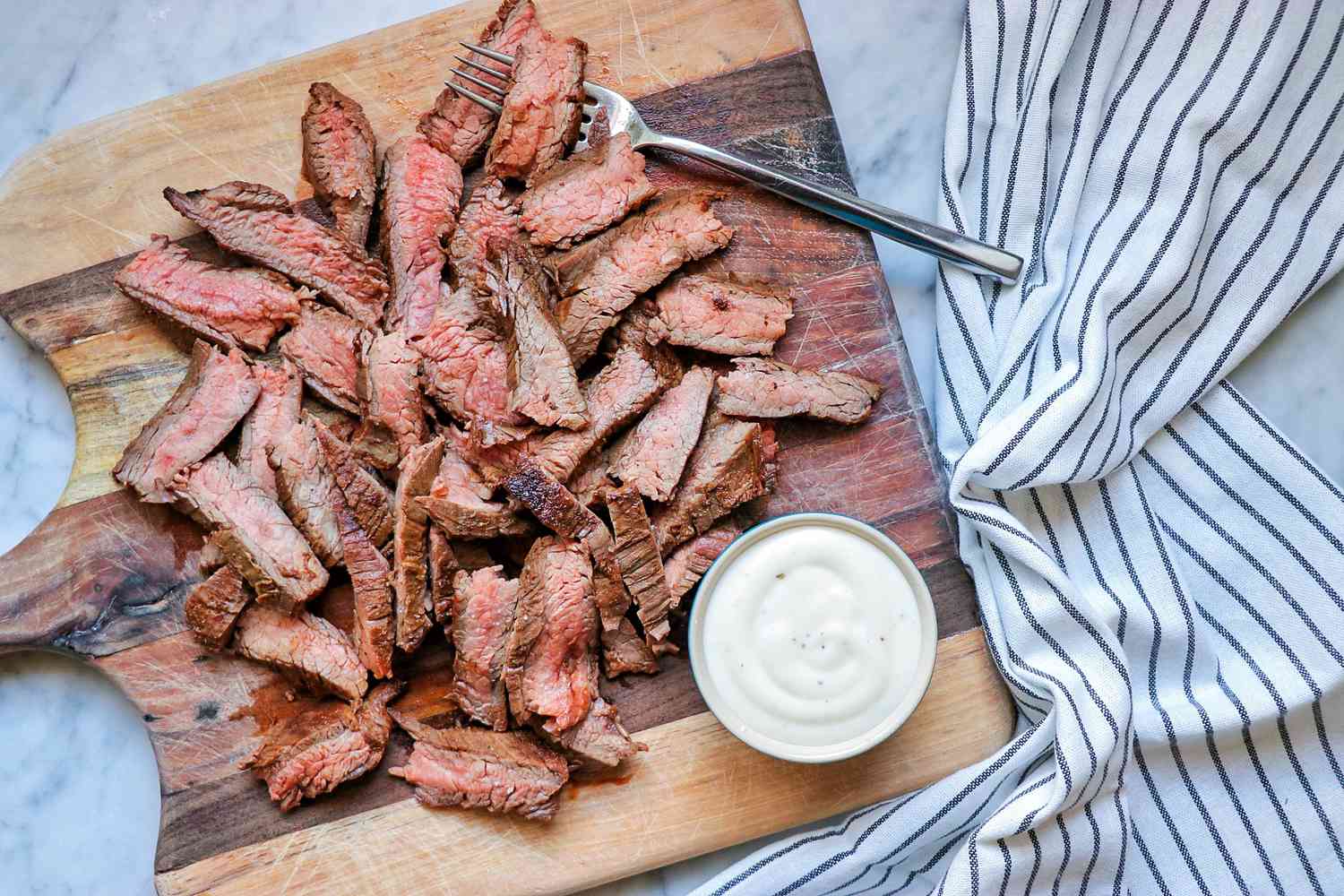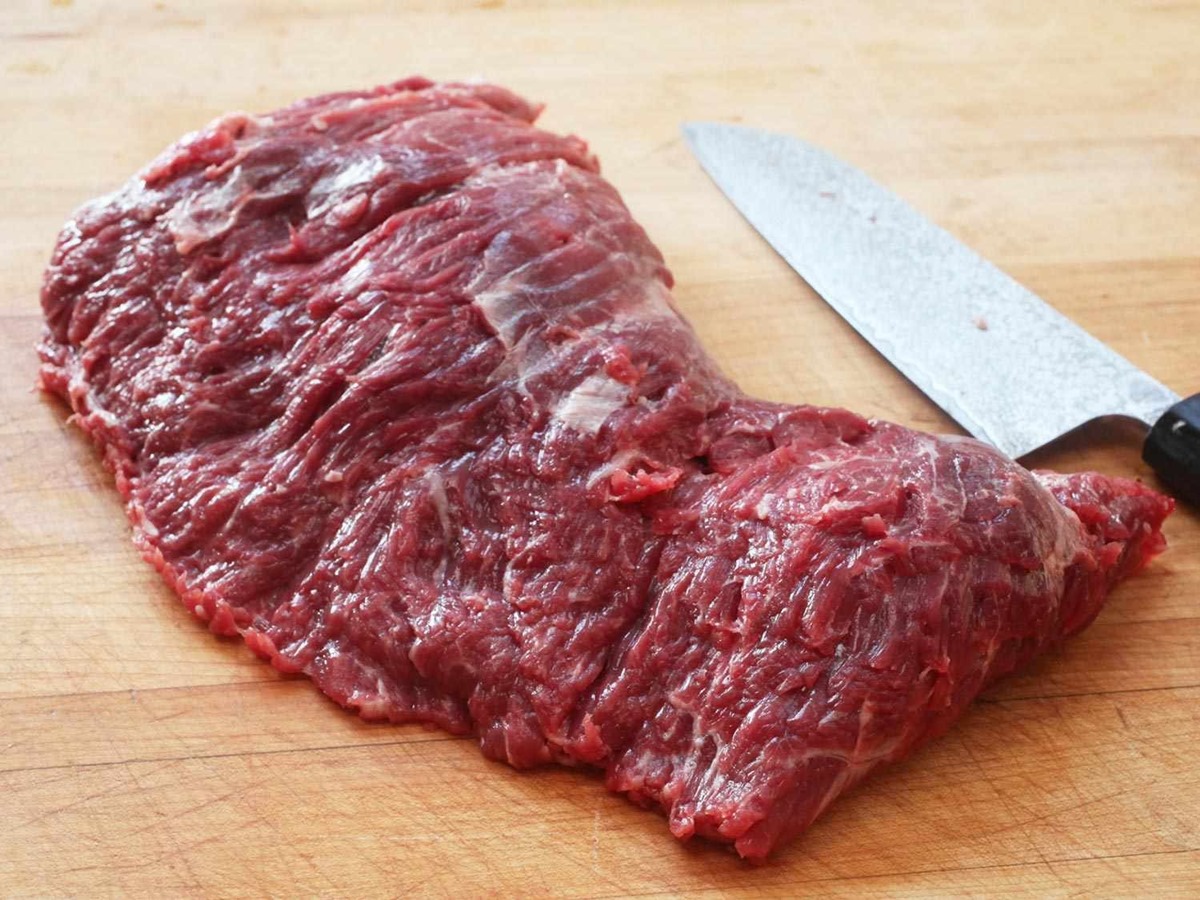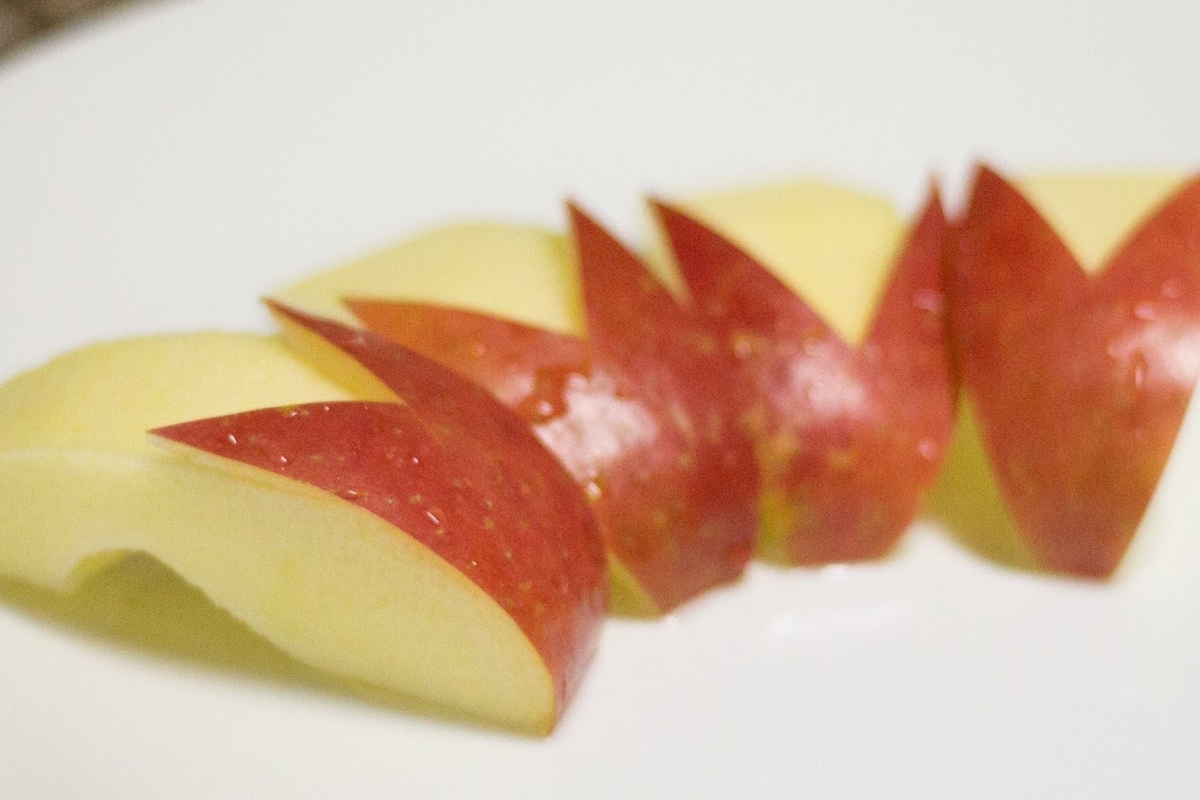How To Cut Cabbage For Sauerkraut
Sauerkraut, with its tangy and crunchy goodness, is a beloved addition to many dishes. Making your own sauerkraut at home can be a fun and rewarding experience, and it all starts with properly cutting the cabbage. In this guide, we’ll walk you through the steps of cutting cabbage for sauerkraut, ensuring that you achieve the perfect texture and flavor in your homemade ferment.
What You’ll Need:
- A fresh head of cabbage
- A sharp knife or mandoline
- A cutting board
Step-by-Step Guide:
- Start by removing the outer leaves of the cabbage. These can be tough and may have dirt or debris, so it’s best to discard them.
- Place the cabbage on a cutting board, ensuring that it is stable and won’t roll around.
- Take your knife and cut the cabbage in half through the stem. You can also cut it into quarters if the cabbage is particularly large.
- With the flat side of the cabbage halves facing down, carefully slice off the tough core. Make sure to remove as much of the core as possible.
- Once the core is removed, you can proceed to cut the cabbage into thin, even slices. You can use a knife for this or a mandoline if you prefer a more uniform cut. If using a knife, make sure it is sharp to ensure clean cuts.
- For sauerkraut, you’ll want thinner slices, about 1/8 to 1/4 inch thick. Remember, the thickness of the cabbage will affect the texture of the final sauerkraut.
- After cutting the cabbage into slices, transfer them into a large, clean bowl. You can also use a fermentation crock or jar if you have one.
- At this point, you can add salt to the cabbage. Salt helps draw out the moisture and encourages fermentation. The amount of salt you use will depend on your personal taste preferences, but a general guideline is about 1-2 tablespoons of salt per medium-sized head of cabbage.
- Using clean hands, massage the salt into the cabbage slices. This will help break down the cell walls and release more liquid. Continue massaging until the cabbage is softened and there is a significant amount of liquid in the bowl.
- Once the cabbage is thoroughly massaged and there is enough liquid to submerge the cabbage slices, you can transfer everything to a fermentation vessel, such as a crock or jar. Press the cabbage down firmly to remove any air pockets and to ensure that it is completely submerged in its liquid.
- Cover the fermentation vessel with a lid or a clean cloth secured with a rubber band. This will allow gases to escape while preventing any contaminants from entering.
- Leave the sauerkraut to ferment at room temperature for about 1 to 4 weeks, depending on your desired level of tanginess. Check on it occasionally and skim off any scum that forms on the surface.
- Once the sauerkraut reaches your desired flavor, you can transfer it to smaller jars and store it in the refrigerator. The cold temperature will slow down the fermentation process.
Now that you know how to cut cabbage for sauerkraut, you can confidently embark on your homemade fermentation journey. Experiment with different spices and flavors to create your own signature sauerkraut recipes. Enjoy the process and savor the deliciousness of homemade sauerkraut that you can proudly call your own!
Using the skill and guide on how to cut cabbage for sauerkraut, readers can try out a variety of recipes. The Classic Sauerkraut Recipe is a straightforward start, perfect for beginners. For a heartier meal, the Sauerkraut and Sausage Skillet combines tangy flavors with savory sausage. Those seeking a comforting dish can prepare the Sauerkraut and Pork Chops, which pairs the fermented cabbage with tender meat. Additionally, the Reuben Sandwich is a timeless option that melds sauerkraut with corned beef and Swiss cheese, ideal for lunch. For a unique twist, the Sauerkraut and Apple Slaw offers a refreshing, crunchy side. Each recipe showcases the versatility of sauerkraut and highlights the importance of properly prepping the cabbage.
Was this page helpful?
Read Next: How To Cut And Clean Cabbage

